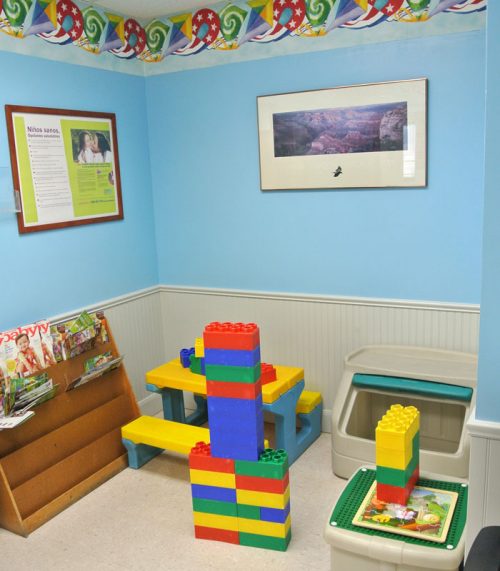Hepatitis B (HepB)
Understanding Hepatitis B
Hepatitis B is a viral infection that affects the liver and can lead to both acute and chronic liver disease. It is caused by the Hepatitis B virus (HBV), which is transmitted through contact with infectious body fluids, such as blood, semen, or other bodily fluids. The infection can be mild, lasting a few weeks (acute), or it can become a serious, lifelong illness (chronic). Chronic Hepatitis B can increase the risk of developing liver cirrhosis or liver cancer.
Schedule an Appointment
If you observe these symptoms in your child and are concerned about Hepatitis B, it is important to seek a comprehensive evaluation from a healthcare professional. Scheduling an appointment with us can help in obtaining a proper diagnosis and developing an effective treatment plan to manage the condition, prevent complications, and protect your child’s liver health.
Get In Touch
Vaccinations
Recognizing Symptoms of Hepatitis B
You might notice several signs in your child that could indicate Hepatitis B, though many children may not exhibit symptoms:
- Jaundice : Yellowing of the skin and eyes, caused by the liver's inability to process bilirubin.
- Dark Urine : Urine may appear dark in color due to the presence of excess bilirubin.
- Fatigue : Persistent tiredness and weakness.
- Abdominal Pain : Discomfort or pain, especially in the upper right side of the abdomen where the liver is located.
- Loss of Appetite : Reduced desire to eat, often accompanied by weight loss.
- Nausea and Vomiting : Gastrointestinal symptoms, including nausea and vomiting.
- Joint Pain : Pain in the joints, which may be mistaken for other conditions.
- Clay-Colored Stools : Stools that appear pale, indicating issues with bile production or flow.

